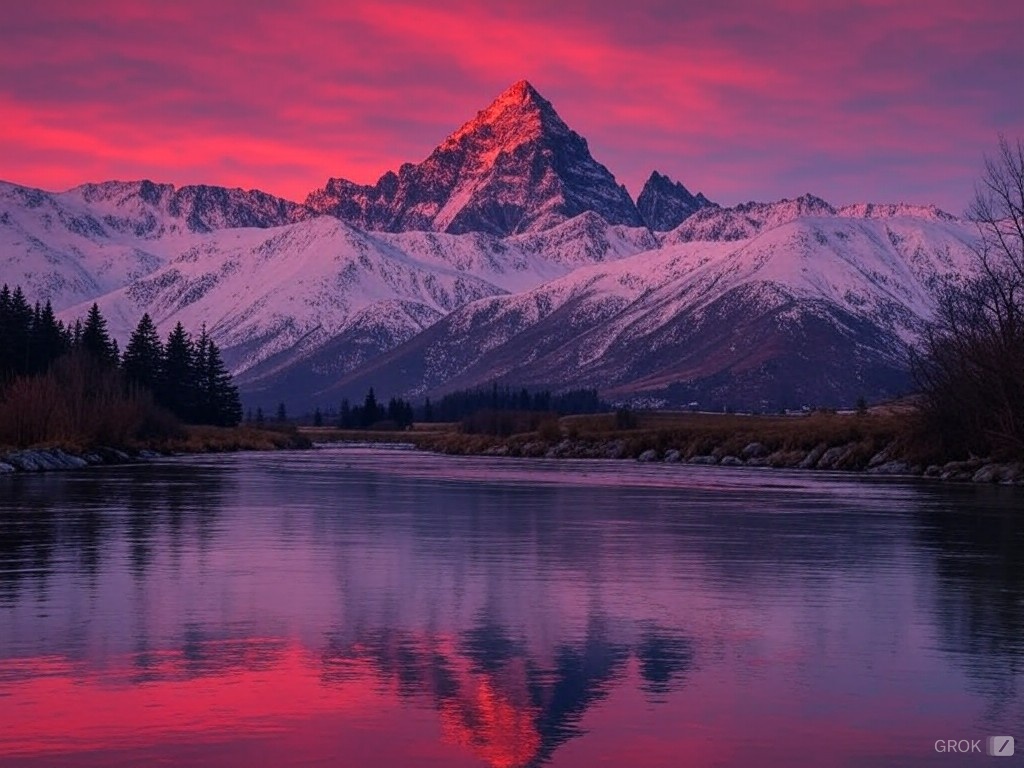Okay, let’s talk about creating terrain in Unity – a topic that sounds mundane but, believe me, it’s as crucial as choosing whether to put chocolate or vanilla frosting on your cake – yes, that important! When you start, it might feel a bit, well, overwhelming. Lost in the vast array of tools and possibilities, you might even feel like a kid walking into a candy store for the first time. Where do you start, you ask? Let me walk you through this rocky path.
Contents
Beginning with the Basics
First things first, it’s all about understanding the environment. Terrain in Unity isn’t just about laying some ground for characters to walk on – it makes your world believable, immersive. Imagine playing a game where the ground is as flat as a pancake – kind of boring, right? That’s where terrain tools in Unity come into play. They help sculpt, mould, and, essentially breathe life into your level design.
Digging into the Terrain Tools
The Terrain Engine in Unity – it’s a beast but a friendly one, I promise. It lets you alter elevations, sculpt hills, valleys, mountains and honestly, this bit is a joy. It’s like playing god – shaping the world however you deem fit. Remember though (and this is a personal musing), sometimes less is more. It’s easy to get carried away and create a topographical nightmare that no gamer can navigate.
Textures – this is where you paint your terrain. The Unity brush tool allows you to layer textures creating a dynamic, visually appealing groundwork. Grass, sand, snow, you name it, you can virtually grow it. However, this isn’t like painting a fence, where a couple of quick strokes will do. No, you’ve got to think about coherence, about blending. Ever seen grass sprout perfectly square? Me neither, so blend, and blend naturally.
Let There Be Light (and Water)
Lighting and water effects in Unity can make or break your scene – quite literally. Too much light and your landscape might look washed out, a barren wasteland. And water – oh, the water. Incorporating realistic water bodies requires tinkering around with reflectiveness and transparency settings. It’s somewhat magical when done right, but it can be a slippery slope (no pun intended) leading to many trials and errors.
It gets more technical and, well – scratchy. But remember, the goal isn’t to master every single tool and feature on day one. My first attempts looked like the aftermath of a toddler’s temper tantrum – messy, inexplicable but a start nevertheless.
The Big Picture
Terrain design isn’t just about slapping together a couple of visual elements. It’s storytelling. Each hill, each body of water holds a potential for narrative, for challenges and adventures. What’s beyond that mountain? Why is that forest so dark and dense? See, you’re not just designing; you’re conjuring questions, weaving magic into every elevation and dip.
And while we’re veering slightly off the beaten path here – isn’t it fascinating how terrain is much like characters in a game? Always multifaceted, always hiding secrets and stories to unfold. See, I told you, it’s more exciting than it sounds!
Ah, but I digress. Where were we? Ah, yes, the delightful chaos of creating worlds. Whether it’s a serene landscape bathed in the glow of dawn or a foreboding mountain pass shrouded in mist, crafting terrain in Unity holds a charm unlike any other element of game design. So, if you’re looking in from the outside, curious but hesitant – take the plunge. The waters are just fine!
If all this talk about landscapes and terrains in Unity has got your head spinning just a bit too much, or if you’re just about ready to dive in but need a guiding hand, don’t hesitate! Shoot me an email at [email protected]. Whether you’re looking to discuss your next game project or simply want to learn more about the mystical art of terrain design in Unity, I’m here to help!
